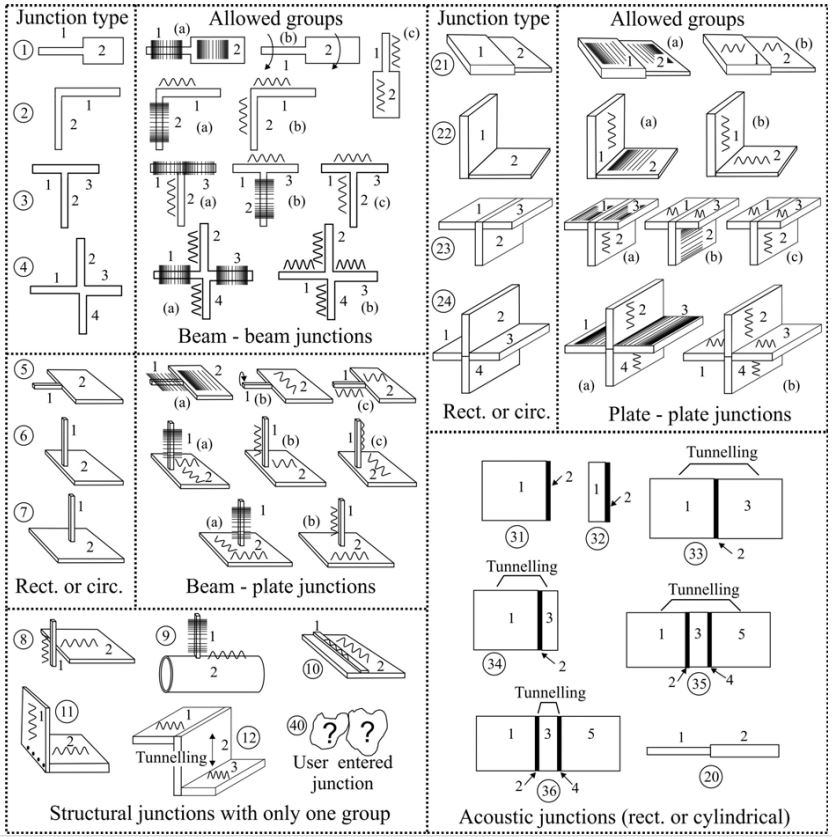We are very excited to release INSUL Version 10.
The INSUL development team has completed a ‘first principles’ review of INSUL’s algorithms for Version 10, updating most of the core prediction routines. To support this, the team has also carried out an extensive validation study to assess the accuracy of the new prediction routines.
New features include Quad Models for sound insulation predictions of walls and ceilings with up to three separate air cavities and an all new wave-based algorithm for glazing predictions which models the modal response of double, triple and quad glazing
Other new features of Version 10 include:
- Save and recall custom illustration views
- New frame types for generic, continous test frames
- Refined sound insulation models for Single, Double, Triple
- Updated ISPL models for Double, Triple
- Updated rain noise model for Double
- Updated bridging calculations, sensitive to frame properties
- Refined material properties for concrete, gypsum board and glazing
We will be sharing more detailed information about Quad models and wave-based glazing algorithms soon. In the meantime, you can learn more about the new version INSUL-Version 10
If you would like a trial licence for Version 10 so that you can try out the new features first hand, please contact Vibraphon at info@vibraphon.se.








